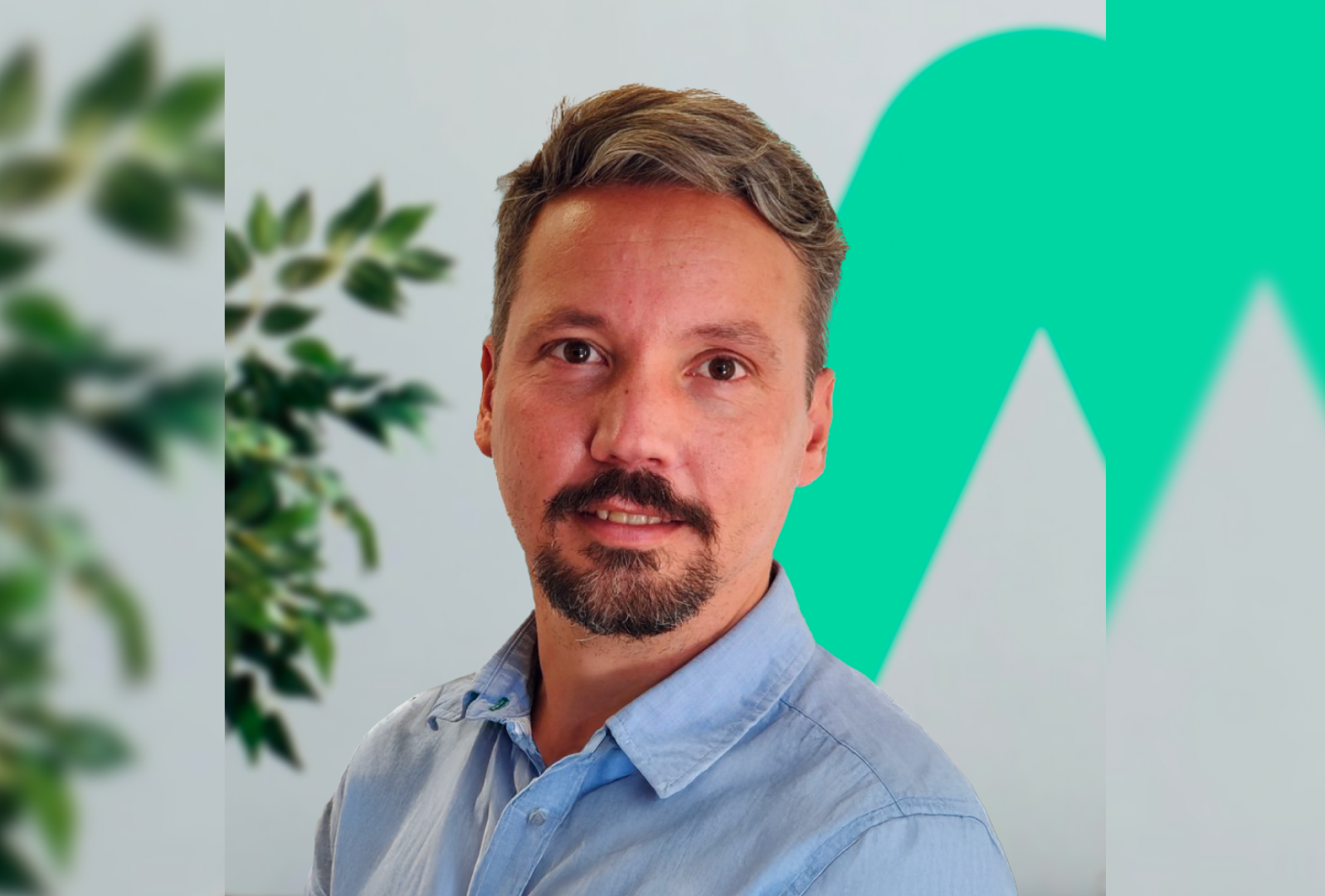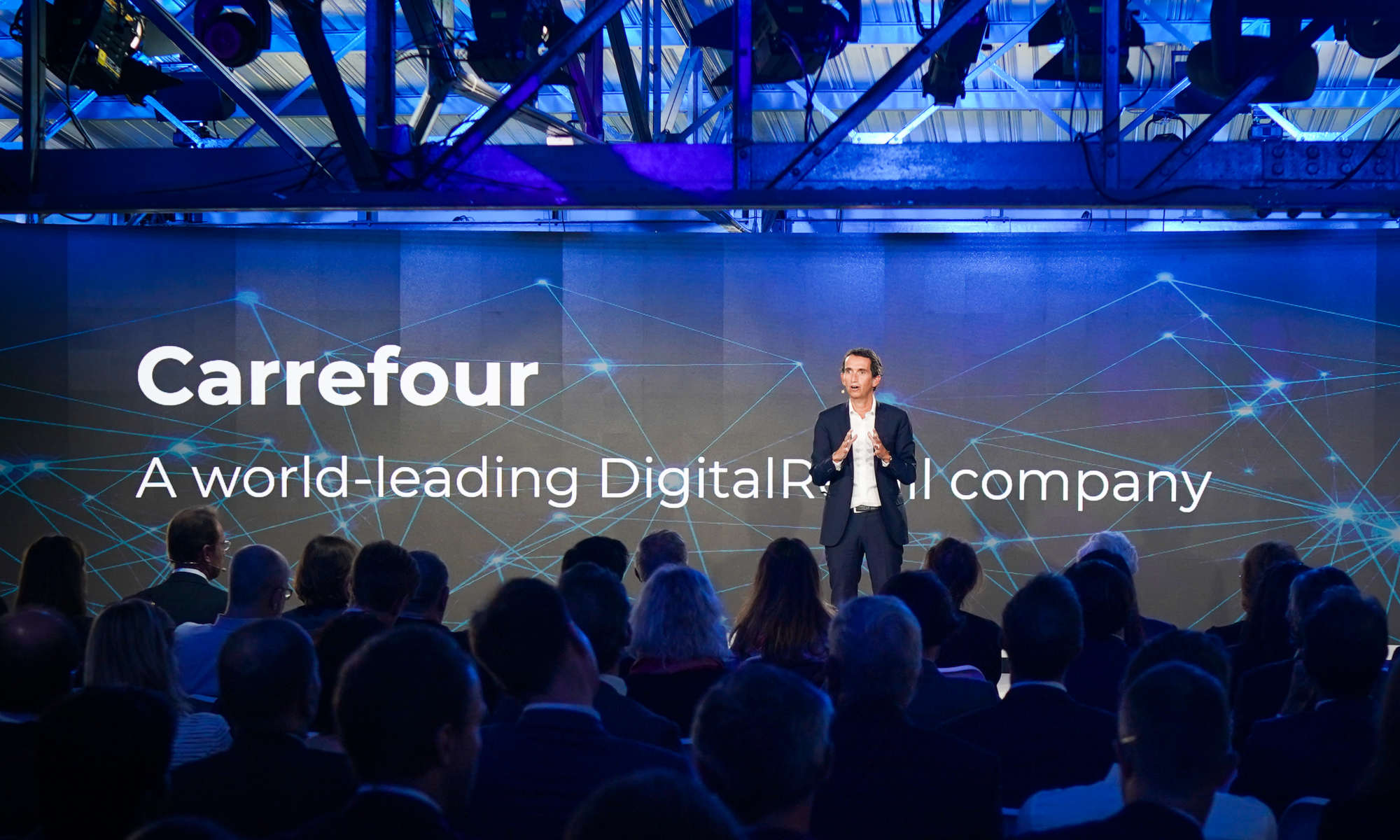I went to meet Antso Rakoto, VP Product at France TV, who told me about the internal transformation from a project culture to a product culture.
Psst: if the difference between project and product culture isn't that clear to you, you can read an interview with our CPO, Fabrice des Mazery on WelcomeToTheJungle on this topic (in French).
To go further: Download our book The Product Oriented Organizations (French)
Antso told me about the starting point of this change: why they decided within the Digital Division of France TV to change their practices and switch to a product culture.
Then, we discussed the successes and difficulties encountered along the way.
And finally, we concluded on the areas for improvement they had identified and would implement going forward.
The starting point for the shift from a project culture to a product culture
The ways of consuming video content have radically changed in recent years, and the media sector has been disrupted by the arrival of streaming platforms (Netflix, Prime Video, Disney+...). The battle is now being fought on both the content produced and on their distribution.
And this is precisely the first transformation France TV went through. Where until now they were merely a "simple" content publisher, they have become publishers and distributors. They work with partners (such as Molotov for example) but also have their own platform, and must now master the way their content is consumed.
Antso also talked to me about a growing lack of meaning within the France TV teams. The teams didn't always know WHY they were working on new products or new features. What user need would they meet? Also, the failure to launch new products/services did not help motivate the teams.
Added to this, there was almost no notion of impact. Once the project was delivered to the market, there was no analysis of the user impact it could (or could not) have. This is what is called the principle of the Feature Factory: once delivered, we move on to the next feature without analysis.
The Group also suffered from a lack of collaboration between its teams, which worked in silos. One example given was the case where the Design teams worked in studio mode and they handed over the mock-ups to be implemented to the teams, without explanations or prior user studies and research.
The last point on the reasons for this transformation was a lack of trust from the Management towards the teams, which translated into the need to control everything that was going to be done (it was the top management, for example, who validated the mock-ups to be implemented). This made it difficult to give visibility on the landing of projects since elements could change overnight.
The successes of this cultural change
Once the product culture was well established within the teams, they managed to gain the confidence of the top management. The message was simple: for each new product or feature, the teams explained what they were doing and (especially) why they were doing it. And this regained confidence had a snowball effect: management started to impose fewer dates and deadlines on the teams. They were given more freedom in the construction of their Product Roadmap with also the possibility to iterate, which is the heart of the product culture.
Internally, the POs, PMs, Designers found more meaning in their projects, thanks to user-oriented practices. Exchanges between Product, Tech, and Design were also much more collaborative. For example, the method of Atomic Research was implemented, or the construction of OKR's to share a shared vision between the teams.
The challenges faced along the way
Changing culture is never that simple. And the expected results are not always there.
The first difficulty encountered within France TV was the disparity in Product maturity levels within the group's departments. Antso and his team had to start by clarifying the roles of everyone: what is a Product Manager? A Product Designer? Who does what? How? What is the level of responsibility of each one? etc.
This work has provided a clearer vision of the roles and professions that exist within the Digital Division.
The Discovery phase has allowed to de-risk the launch of new features at France TV. Which is a good thing. But paradoxically, it had the opposite effect of what was desired. This phase had become so important that it impacted the agility of the Product teams. The developments were almost akin to the V Cycle!
However, on the delivery side, it is necessary to have iterative cycles, to keep a "Test and Learn" approach to maintain this product agility.
The third difficulty mentioned by Antso was the organization of the transformation itself. This transformation was carried out only by the Digital department. Many stakeholders (at France TV: Editorial, Data, etc.) were not involved in this reflection and it was complicated to integrate them after having made this cultural change. It would have been better to collaborate with them from the very beginning.
The next steps on this journey
When undergoing such a significant culture change, it is ideal to have all stakeholders participate in this transformation. This makes it easier to have a common vision and strategy on how to work together.
The implementation of OKRs within the Digital department (Product/Tech/Design side) has been a success but the next step will be to set up global OKRs at the scale of the organization to align all departments further.
Another area for improvement would be to review the way Product Roadmaps are created. Up until now, topics were rather top-down. Antso would like this exercise to be more collaborative between Product teams and Business teams (Editorial in particular).
Of course, to regain agility, a short-term goal for the France TV teams will be to regain their level of expertise on the Delivery side to have, as mentioned earlier, a more iterative approach and avoid the V Cycle.
For this purpose, they have also hired two Product Ops to help them improve their processes and their product practices.
Last but not least, we discussed user impact. One of the goals would be to make better use of data both to make better decisions upstream (during the Discovery phases) and downstream to analyze the impacts of a new feature.
As you can understand, the transition from a project culture to a product culture is not obvious. You will encounter difficulties. But it's not impossible, as Antso at France TV has demonstrated, and the results can be very satisfying, for the company and for the teams!



